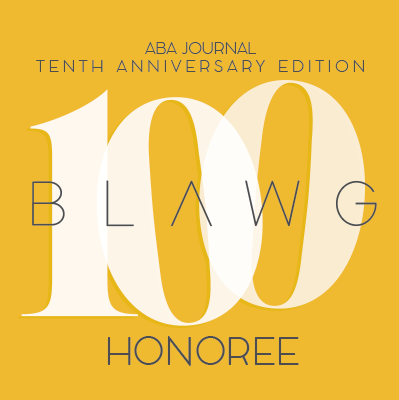You may remember the case of Lightning Oil Co. v. Anadarko E&P Onshore LLC from this prior blog. The case raised an interesting question of who–the surface owner or the mineral owner–must grant permission for the third-party to drill a horizontal well through the property to access an adjacent parcel of land. Last week, the San Antonio Court of Appeals answered this question.
Background
The Briscoe Ranch sits just north of the Chaparral Wildlife Management Area (CWMA) in Dimmit County, Texas. The Ranch includes the 3,250 acres just north of the CWMA, for which Lightning Oil Company holds the mineral rights. The surface of these 3,250 acres is owned by Briscoe Ranch.
Anadarko holds a lease for the mineral estate underlying the CWMA. The surface of the CWMA is owned by the Texas Parks and Wildlife Department. The lease between Anadarko and Texas Parks and Wildlife Department prohibits Anadarko from using the surface of the CWMA for oil and gas wells without consent, requiring Anadarko to user off-site drilling locations when “prudent and feasible.”
In order to access the minerals beneath the CWMA, Anadarko entered into a Surface Use and Subsurface Easement Agreement with Briscoe Ranch. This agreement gave permission for Anadarko to build several well pads and drill numerous wells on the Briscoe ranch, that would then horizontally cross property lines and actually produce oil from beneath the CWMA. Importantly, there were to be no “take points” along the horizontal well on Lightning’s lease.
The Lawsuit
Lightning sued Anadarko seeking to prevent them from drilling a well through Lightning’s mineral estate in order to reach Anadarko’s mineral estate. They argued that as mineral estate holder, Lightning had the right to exclude others from drilling and to determine who could drill through the earth within the boundaries of their lease. Specifically, Lightning claimed trespass of the mineral estate and tortious interference with business relations.
In response, Andadarko argued that it was not trespassing at all as it had obtained permission from the surface owner to drill through to reach its own mineral lease. It was the surface owner, reasoned Anadarko, who holds rights to the surface underground, not the mineral owner.
The trial court found in favor of Anadarko. Lightning appealed the case.
Court of Appeals Opinion
The Court of Appeals affirmed the trial court. “Because the surface owner controls the matrix of the underlying earth, and the summary judgment evidence conclusively proves the surface owner gave Anadarko permission to site and drill, we affirm the trial court’s order.”
The court explained that the central question in this case is the nature of a mineral owner’s interest. “Having reviewed the applicable law, we conclude that the surface owner controls the earth beneath the surface estate.” On the other hand, the “mineral owner is entitled to a fair chance to recover the oil and gas in or under the surface estate, but absent the right to control the subterranean structures in which the oil and gas molecules are held, the mineral estate owner does not control the mass that undergirds the surface of the conveyed land.”
In light of this, the court found that Lightning did not own or control the earth surrounding the hydrocarbon molecules beneath the Briscoe Ranch. Instead, as surface owner, the Ranch controls this land and may grant Anadarko permission to drill through the boundaries. Of course, Anadarko may not produce oil or gas from the Lightning lease without Lightning’s permission, but it may drill a well through the land on which Lightning holds a mineral lease.
Thus, Anadarko committed no trespass or tortious interference as it obtained the required permission from the Ranch to cross through the surface estate with its horizontal well.
Why Should We Care?
This case clarifies the precise scope of the surface and mineral interests when considering the earth beneath the surface estate. Clearly–unless the parties agree otherwise–the surface owner controls the land beneath his property, giving him the right to grant permission to third parties to make use of that surface. Here, the case involved an oil and gas well, but one could see how this holding could easily apply to other cases involving groundwater wells or pipelines as well. This case makes clear that it is the surface owner, not the mineral estate holder, who will be permitted to make decisions when these type of opportunities arise.
Additionally, this case is a good reminder of the conflicts that may arise when mineral and surface ownership is severed. It is critical that both surface and mineral owners understand precisely what rights they hold based on their respective ownership. Oftentimes, this type of understanding is lacking and can lead to conflict and litigation.












